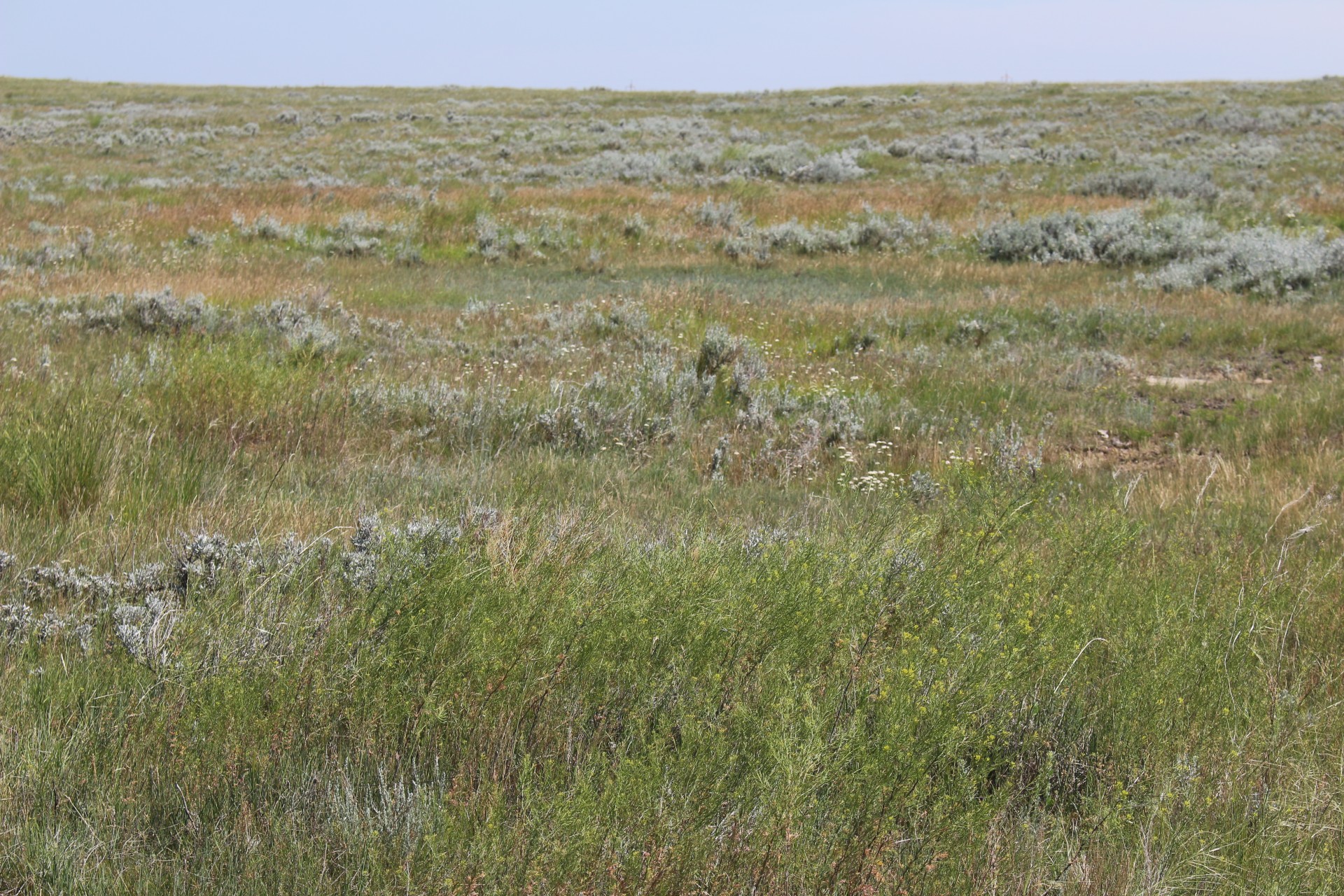Preferred Argument Structure in
Northern East Cree child and
child-directed speech | Julie Brittain
Ryan E. Henke
Shanley Allen |
| First results of collaboration with Innu-aimun translators to initiate the development of translation assistance tools | Fatiha Sadat
Antoine Cadotte |
| Noun Gender in Miami-Illinois | David J. Costa |
On the historical relationship between
Cheyenne and Arapahoan | Richard A. Rhodes
Wayne Leman |
A Phonological Reanalysis of Ojibwe
Nominal Inflection Classes | Reed Steiner
Christopher Hammerly |
| An initial analysis of story sequences in Arapaho | Andrew Cowell |
| Reconnecting Land, Language, and People: a Five-Year Project beween Touchwood Agency Tribal Council and First Nations University of Canada | Andrew Miller
Senator Bill Strongarm |
| Prenominal vs. postnominal relative clauses in Meskwaki | Amy Dahlstrom |
| Decolonizing Meshkwaki Patrilineality (pre-1937/post 1937): Coercion and Conflict in Regard to Meshkwaki Tribal Membership, Reproductive Rights, and the “Descendant” Predicament | Erik D. Gooding
Lily Lee Gooding |
| Relative Roots: Form and Function | Hunter Thompson Lockwood
Monica Macaulay
Vivian Nash |
| A Computational Model for Blackfoot Demonstratives | Inge Genee
Dominik Kadlec
Katherine Schmirler |
| The sky was even the color of flame’: The use of color terms in Michelson’s Meskwaki literature | Lucy Thomason |
| AC56 | Doug Whalen |
| Animacy as a semantic restriction | Sonja Fougère |
| Differing Semantics in Ojibwe Verbs with Medials and VII Finals /-aa/ vs. /-ad/ | Anna Whitney
Cherry Meyer |
| What’s in a code? Discussion and pseudocode for Building Michif Verbs! Online resource | Chantale Cenerini
Andrew Witzel (Northerner Web Design) |
| Blackfoot Workshop | Ken Fox |
| Initial Change in Sheshatshiu Innu-Aimûn: Infixation and feature packing | Shanti Ulfsbjorninn |
| A discourse-based analysis of demonstratives in three Algonquian languages: Abenaki, Innu-aimun and Atikamekw nehiromowin | Josephine Bacon
Jimena Terraza
Philippe Charland
Claudie Ottawa |
| Blackfoot views of the Blackfoot language | Kristy Eagle Bear
Inge Genee |
| When central suffixes agree with peripheral participants | Peter Grishin
Will Oxford |
| Passamaquoddy-Wolastoqey modals | Peter Grishin |
| Notes on measurement and mathematics in Miami-Illinois | Hunter Lockwood |
| With as Much Faith as Many Equally Absurd Doctrines Are Observed in Christendom | Mary Nevins |
| The Use of Natural Language Processing, Artificial Intelligence, and Social Robotics for Anishinaabemowin Revitalization and Reclamation | Mykelle Pacquing |
| Le pluriel nominal préfixé d’un parler cris. | Stéphane Goyette |
| pisisik: a word order study in nêhiyawêwin | Arok Wolvengrey |
| Potential and Challenges in Adapting Anishinaabemowin to the Bescherelle Model | John-Paul Chalykoff |
| Gidozhibii’amawaanaanig Gidoshkigiminaanig – The Importance of Phonemic Awareness in Ojibwemowin to Support Early Literacy | Angela Mesic
Tessa Culleton
Nathon Breu |
| LDA in L2 Potawatomi | Corinne Kasper |
| Bridging Southern Michif digital resources with language revitalization | Heather Souter
Verna DeMontigny
Olivia N. Sammons
David Huggins-Daines
Carmen Leeming
Marlee Patterson
Talula Schegel
Kade Ferris
Tiara Opissinow |
| What Do Chocolate and Dogs Have in Common in Innu? | Jérémie Ambroise |
| Methodological alternatives for studying morphological productivity in Plains Cree | Maria Mazzoli |
| A preverb stemmer for Potawatomi | Robert E. Lewis, Jr. |
| Blackfoot Words database: Reflecting on our methods and projects | Natalie Weber |
| An Introduction to the Omisun Program in Virginia | Craig Kopris |
| misi-mîkiwâhp pêsêkinosa ohci – A Corpus of Miscellaneous Plains Cree Texts | Daniel Dacanay
Antti Arppe |
| A computational model of Plains Cree (nêhiyawêwin) morphology | Antti Arppe et al.
Atticus Harrigan
Katherine Schmirler
Arok Wolvengrey |

